Confined Space Rescue Plan in Singapore – SS 568:2022 Compliance Guide
Confined space safety is critical for any workplace involving tanks, silos, sewers, or enclosed spaces. This article outlines a comprehensive Confined Space Rescue Plan (CSRP) aligned with Singapore Standard SS 568:2022 and Workplace Safety and Health (WSH) Regulations, ensuring safe entry, emergency response, and effective rescue operations.
What is a Confined Space? – Definition & Legal Requirements
According to SS 568:2022, a confined space is any fully or partially enclosed area with limited entry or exit, not designed for continuous human occupancy, and likely to contain hazardous conditions such as toxic gases, oxygen deficiency, or engulfment risks.
Key Terms You Should Know
- Permit-Required Confined Space (PRCS): Spaces with high-risk hazards like low oxygen, toxic gases, or structural instability.
- Rescue Team: Trained individuals tasked with performing emergency rescues inside confined spaces.
Scope of the Confined Space Rescue Plan
This plan applies to all personnel working in or around confined spaces:
- Entry Supervisors
- Authorized Entrants
- Safety Officers
- On-Site Rescue Teams
- Emergency Responders (including SCDF)
Identifying Hazards in Confined Spaces – Risk Assessment Guidelines
Before any confined space entry, a formal Risk Assessment (RA) must be completed. Identify the following hazards:
- Atmospheric Risks: Low/high oxygen levels, flammable or toxic gases (H₂S, CO, etc.)
- Physical Hazards: Engulfment risks, moving equipment, sharp objects
- Environmental Factors: High temperatures, low visibility, poor ventilation
Confined Space Rescue Team & Equipment Requirements
Rescue Team Standards (As per SS 568:2022)
- Minimum 3-member rescue team (1 entrant + 2 backups)
- Must hold valid First Aid, CPR, and AED certification
- Participate in annual confined space rescue drills
Essential Rescue Equipment
- Tripod & Winch (for vertical rescues)
- Full-Body Harness with Retrieval Line
- SCBA (Self-Contained Breathing Apparatus)
- Gas Detectors (O₂, LEL, H₂S, CO)
- Stretcher & Medical Kit
- Intrinsically Safe Radios for communication
Step-by-Step Confined Space Rescue Procedures
1. Non-Entry Rescue (Preferred and Safer)
- Use winch and tripod to retrieve the worker without entering.
- Maintain continuous radio or rope-based communication with the entrant.
2. Entry-Based Rescue (Only When Necessary)
- Conduct real-time hazard assessment.
- Rescuers must wear SCBA and full PPE.
- Secure victim with rescue harness.
- Use tripod or winch to lift the person safely.
- Transfer victim to a medical team or safe area.
3. Emergency Response Protocol
- Call SCDF (995) immediately.
- Activate company's emergency response plan.
- Secure the area to avoid further accidents.
Effective Communication & Coordination in Rescue Operations
- Use two-way radios approved for hazardous environments.
- Implement hand signals for backup communication.
- Display an emergency contact list at all confined space work areas.
Mandatory Confined Space Training & Drills
To remain compliant:
- Conduct annual confined space rescue training for all rescue personnel.
- Schedule mock drills at least once every 6 months to test response readiness.
Reviewing and Updating Your Rescue Plan
- Review the CSRP at least once a year or after any incident.
- Update the plan when:
- There are new confined spaces
- Equipment changes
- Regulation updates from MOM/WSH Council
Why This Confined Space Rescue Plan Matters
Following this Confined Space Rescue Plan not only meets legal requirements under Singapore's SS 568:2022 standard but also protects workers' lives. Whether you're a contractor, facility manager, or safety officer, having a detailed and tested plan can save lives during emergencies.
Approved By:
Name & Designation
Company Name
Date














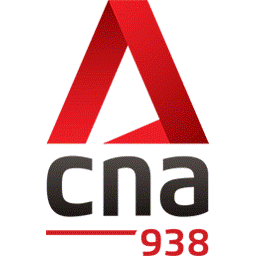














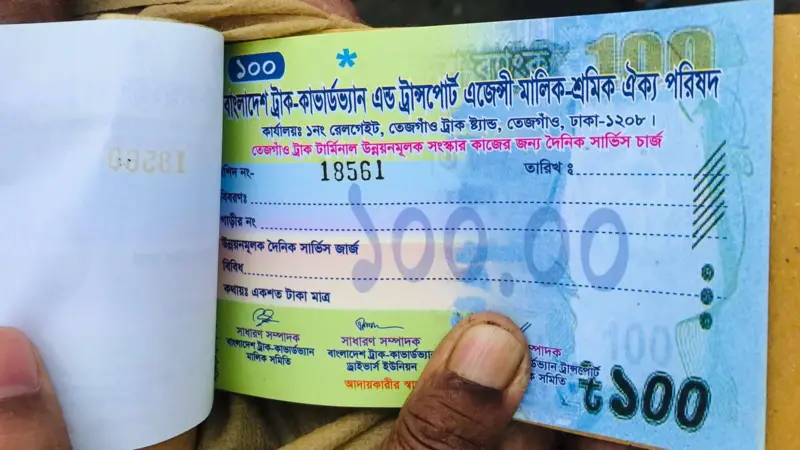










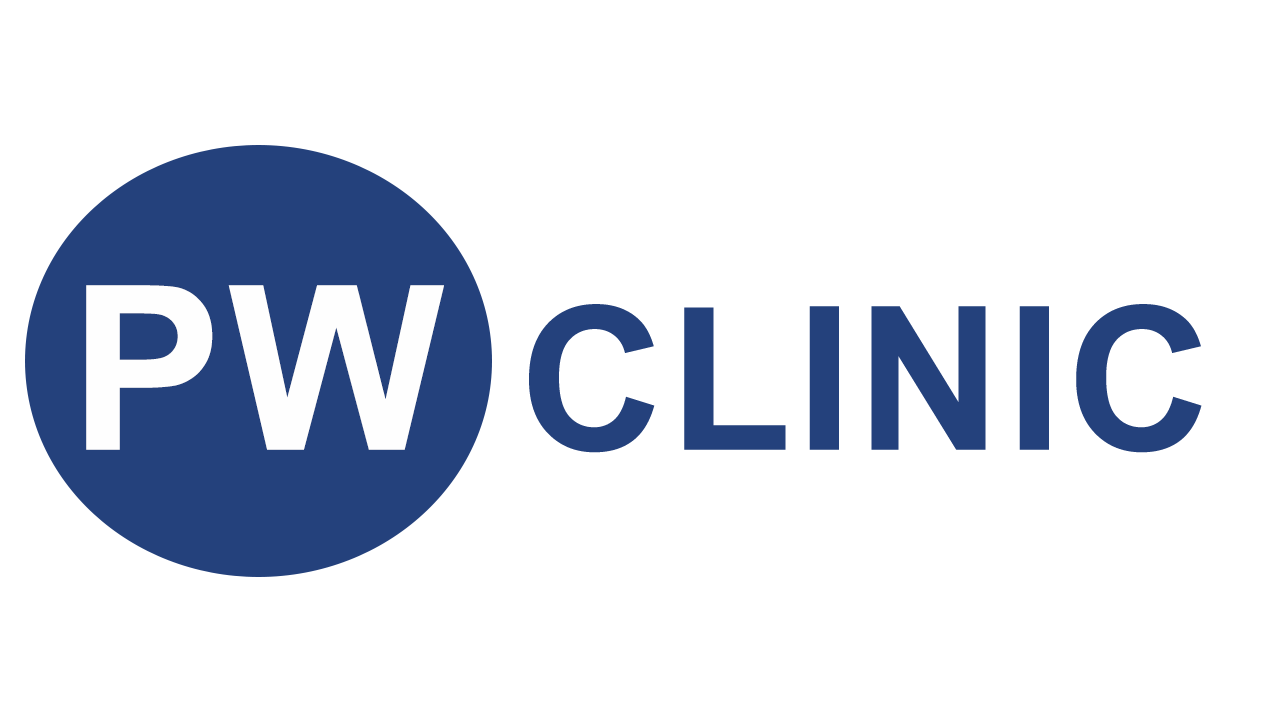
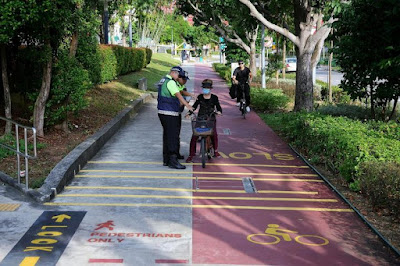

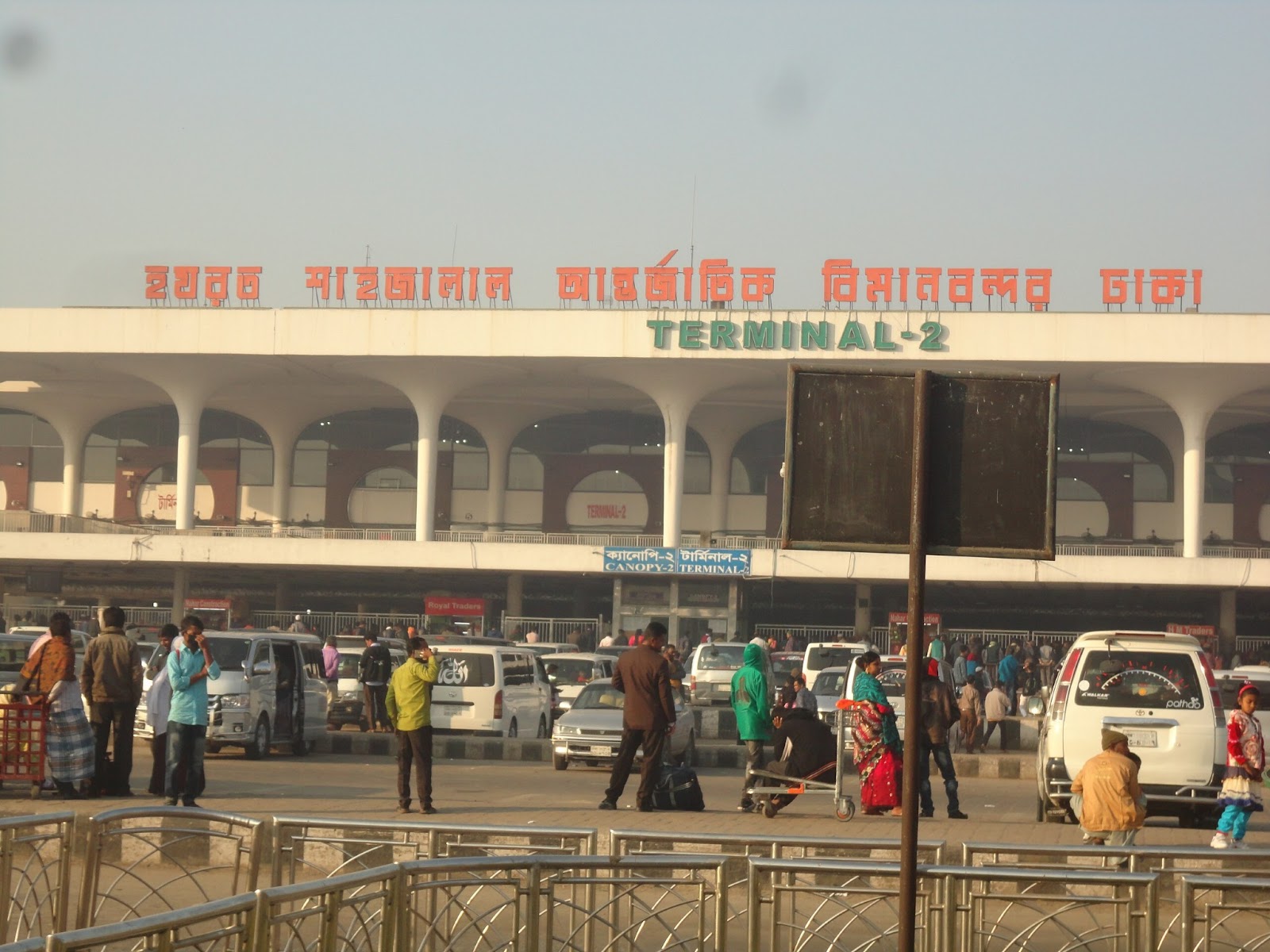
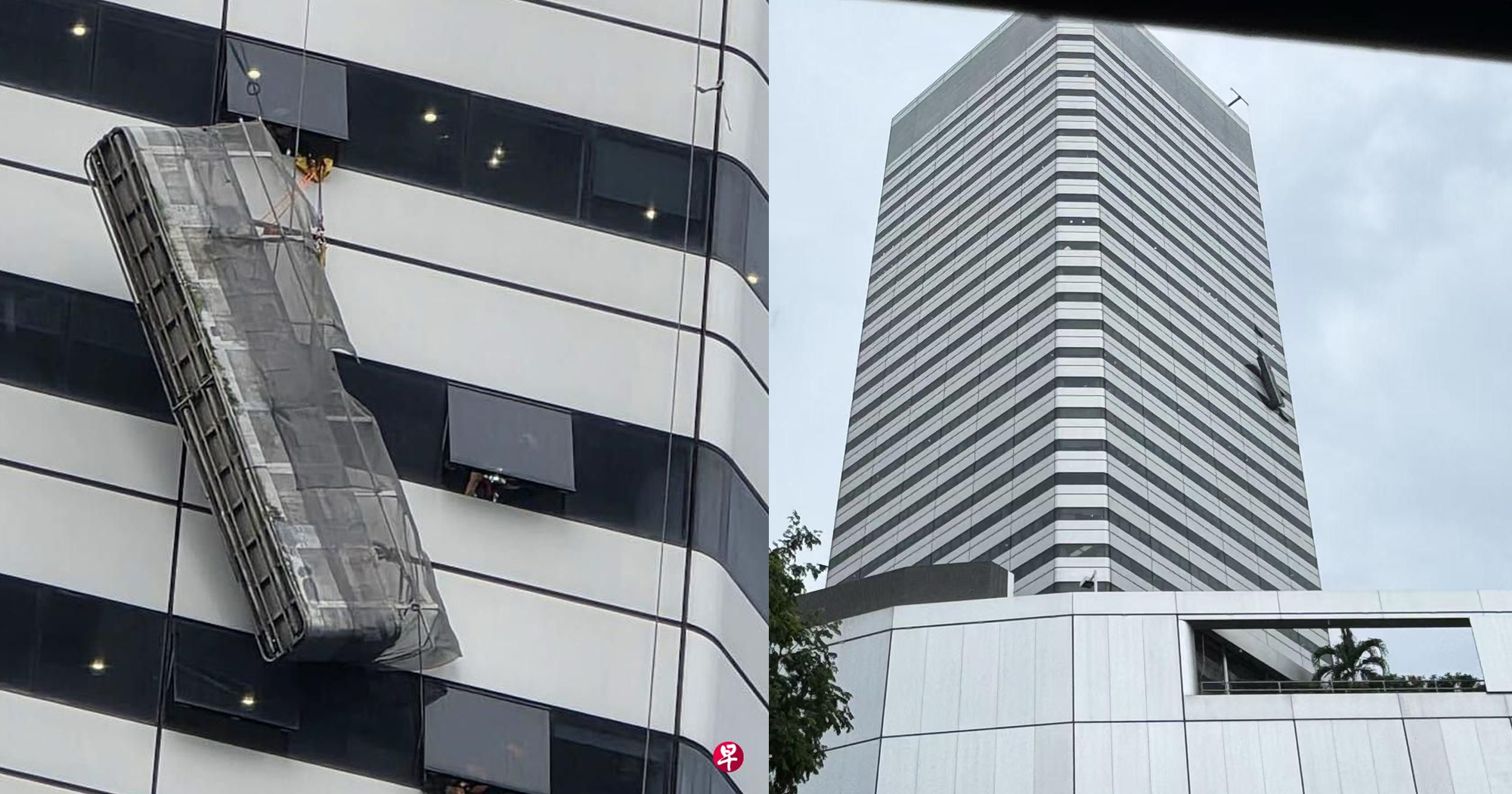




0 মন্তব্যসমূহ